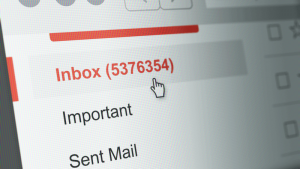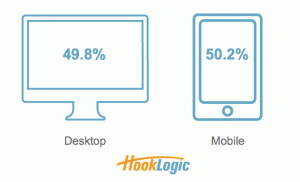On the heels of a pandemic-changed world, companies everywhere are rethinking their modern office designs. In Archinect’s survey of the architecture community, nearly 60% of respondents said they expect architectural and design changes in offices.
Part of that shift comes from safety concerns and insights due to the coronavirus pandemic. For example, many offices added safety features and precautions such as one-way corridors and Plexiglass barriers between desks. If clear dividers become permanent fixtures, how can architects make sure they fit in aesthetically as well as practically? It’s unclear whether and how these pandemic-related measures will remain integral to office layout designs in the world after the pandemic is over.
Another major factor is the cultural shift from so many office workers transitioning to — and sometimes thriving in — remote work. By allowing people to work from home with little interruption to their core tasks, technology has changed the relationship people have with their workspaces.
People who will go back to offices now have different expectations for how their workplace layouts should serve them. The longer people work from home, the more irrelevant office spaces seem to become. Now, innovative workplace solutions such as hot desking in the office (or “hoteling”) and rotating in-office days are expected to take precedence.
Consider the recent history of open-plan office layouts. In the late 2010s, open floor plan office layouts were hugely popular in response to a long history of cubicles. Yet some experts have been debunking the idea that open office spaces provided communication and productivity benefits. That was even before the pandemic required that workers have the ability to remain safe through social distance. So if cubicles are a thing of the past and open-plan offices aren’t the answer, what is?
In the midst of all this turbulence, one constant remains: Change will continue to happen, and businesses must be ready to pivot. It’s clear that the relationship with technology has changed the way office spaces function, and smart workplace technology can provide solutions to modern problems as well. Whether that means adding touch-free capabilities or updating to modular furniture systems, organizational and design professionals have plenty of tools to provide safe, welcoming office environments to all.
Next-Generation Design Strategies
Despite the challenges of evolving working environments, designers have an opportunity to construct agile workspace designs that meet all stakeholders’ needs. They just have to keep a few trends in mind regarding office space planning.
1. Flexibility always mitigates uncertainty.
What offices will look like in five years remains uncertain. Nevertheless, designing office floor plans with a flexibility-led mindset can overcome any uncertainty. A dynamic, smarter workspace design offering incredible agility and proper storage will allow an organization to make immediate changes. And that will help a lot of companies across multiple industries remain stable.
2. Design and safety must go hand-in-hand.
It’s not enough to design beautiful workspaces. Instead, those beautiful workspaces must exude safety. Workers want to feel comfortable with and confident going back to the office, even if they come to work only a couple of days a week. Therefore, modern office designs need to consider ways to maximize the orientation of equipment and modular office furniture to promote social distancing and safety guidelines while still getting value out of the available workplace footprint.
3. Workplaces should encourage collaboration.
One of the reasons collaborative workspaces gained traction was due to their link with employee engagement. However, old-school shared workstations are no longer feasible, especially when people might go to the office only for planned meetings. Create spaces that people can customize and rearrange for their immediate needs using modular furniture. Smart building technology and smart furniture with locking storage that can be readjusted quickly can accommodate a variety of functionality while allowing workers to feel in control.
4. Small tech can play an outsized role.
A core element of next-gen workspaces will be smart workplace technology through IoT devices. More workers will utilize stationary and wearable IT solutions, allowing them to interact not just with one another, but also with their atmosphere. For example, smart locks indicate which parts of a smart building have been recently used by employees and which haven’t. The usage analytics available from these devices can inform business owners’ office investments, office managers’ space resource allocations and janitorial staffs’ cleaning and sanitizing schedules. Smart building solutions can be key to keeping workplaces agile and flexible.
The past year hasn’t been easy for a lot of businesses or office space designers, yet it’s fueled some innovative thinking and solutions. Designers can use the changing market forces to inform their next moves — and make workspaces workable, even during a pandemic.
Business & Finance Articles on Business 2 Community
(27)







